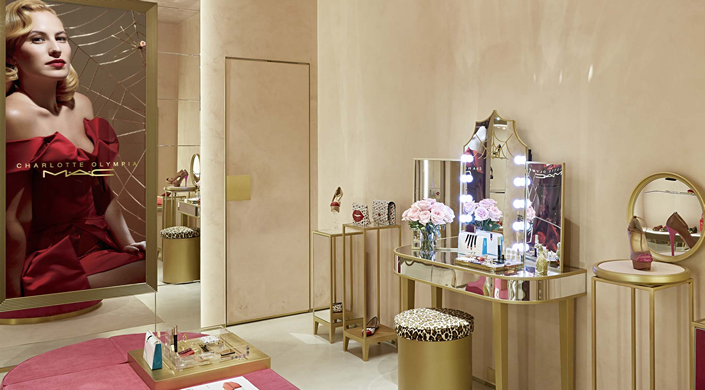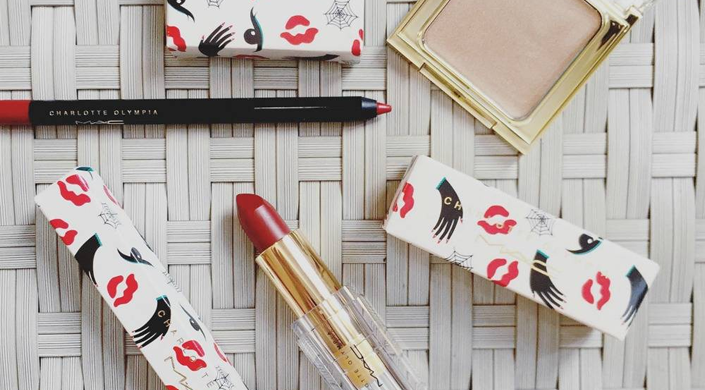Bridging the Gap between Omni-channel and Retail
There’s a certain comfort with shopping online — no salesperson watching your every move, just waiting for you to hover over an article of clothing, or a pair of shoes before they pounce upon you like an eagle who hasn’t had a meal in weeks. You can research and compare features and prices between one model and the next, or between one retailer and another. You can read hours of reviews and study playlists of unboxing videos. You can even buy three sizes of the same pair of shoes, have them delivered right to your door in under two days and return the two that don’t fit 90 days later. Why wouldn’t you, when delivery is free and so are returns?
Shopping online has become easier and convenient. There’s no need to step into a department store, or a grocer anymore! No need to line-up to try things on in the change room or to pay. Why would anyone feel the need to walk into a brick-and-mortar?
The Omni-channel web has flourished. For brands who truly understand their consumer, they’ve taken full advantage of the channels they frequent. The few that have, not only create applicable content, but know how to drive movement from one to another and back around again. Consumers are tech-savvy, and those who are not so tech savvy are slowly becoming so, as channel experiences become more mainstream and easier to access and use.
The big unknown for ALL brands out there is how to bridge the gap between their digital presence and their retail reality. What’s missing online is the EXPERIENCE. Experience of the BRAND, not the awkward, and sometimes uncomfortable retail store experience. Consumers cannot browse, touch, feel, hold, or try the product, piece of clothing, or pair of shoes they may be interested in at their leisure.
MAC Cosmetics
More than 20 years ago MAC Cosmetics offered experience sessions to their VIP customers, allowing them to try new products with cool make-up artists in a hotel setting, serving drinks and hors d’oeuvres, in a relaxing and inclusive environment. The 2-hour session included make-up instruction, tips, and free samples, and the $20 paid could be used to purchase make-up at the conclusion of the event. MAC Cosmetics was on the right track to building brand loyalty and a brand of creativity and inclusion. It has since wavered from this strategy of customer engagement and moved towards the professional make-up artist, but a good example to follow. Their website, unfortunately, was nowhere as savvy. Intertwining MAC’s omni-channel experience with these VIP experience sessions would not only bring back the creativity to the typical Jane consumer, but even go as far as redesign the retail floor for MAC stores and counters all over the world. Tie in personalization, in-store pick-up, a bit of cross-branding, and on-the-spot payment, and you have only the beginnings of a whole new cosmetic shopping experience.
Beacons and coupon push notifications as you enter the store? Try again.
Beauty, Collab, Cross-branding, Design Thinking, Fashion, Omni-channel, Retail, XD



Leave Comment